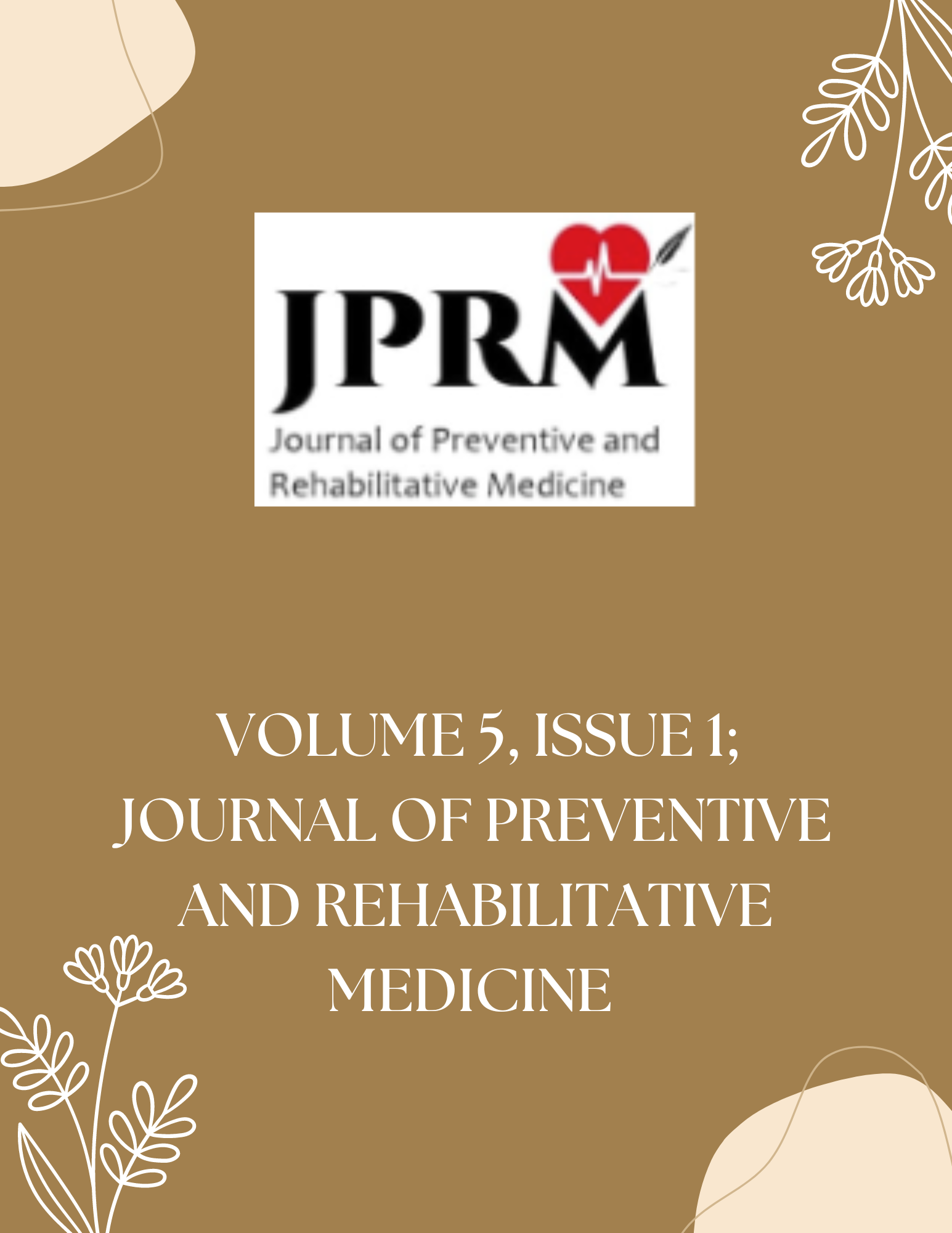Another tool in the box: Epidemiological forecasting of floods
Abstract
Floods have been recorded as the most frequent type of natural disaster, constituting 47% of all occurrences and impacting about 2.3 billion individuals globally. In 2019, floods accounted for 43.5% of all deaths due to natural disasters. Floods can have long-lasting detrimental effects on human socio-economic conditions, including public health issues, crop and livestock losses, creating large-scale unemployment, disrupting livelihood activities and wreaking havoc on natural ecosystems. In addition, floods caused extensive damage to infrastructure, and put extra strain on meagre public resources of the developing regions they frequently occur in. The full scope of the destruction caused by floods is often only realised once the waters have receded and the true extent of the devastation is revealed. By using a multi- stakeholder approach, epidemiological forecasts can aid in creating awareness on disaster risk for crop and livestock farmers and public health and strategising on mitigation measures to reduce floodsAll authors who submit their paper for publication will abide by following provisions of the copyright transfer: 1. The copyright of the paper rests with the authors. And they are transferring the copyright to publish the article and used the article for indexing and storing for public use with due reference to published matter in the name of concerned authors. 2. The authors reserve all proprietary rights such as patent rights and the right to use all or part of the article in future works of their own such as lectures, press releases, and reviews of textbooks. 3. In the case of republication of the whole, part, or parts thereof, in periodicals or reprint publications by a third party, written permission must be obtained from the Managing Editor of JPRM. 4. The authors declare that the material being presented by them in this paper is their original work, and does not contain or include material taken from other copyrighted sources. Wherever such material has been included, it has been clearly indented or/and identified by quotation marks and due and proper acknowledgements given by citing the source at appropriate places. 5. The paper, the final version of which they submit, is not substantially the same as any that they had already published elsewhere. 6. They declare that they have not sent the paper or any paper substantially the same as the submitted one, for publication anywhere else. 7. Furthermore, the author may only post his/her version provided acknowledgement is given to the original source of publication in this journal and a link is inserted wherever published. 8. All contents, Parts, written matters, publications are under copyright act taken by JPRM. 9. Published articles will be available for use by scholars and researchers. 10. IJPRM is not responsible in any type of claim on publication in our Journal. .

